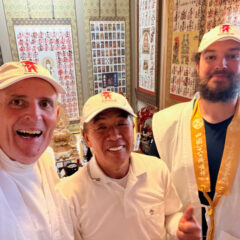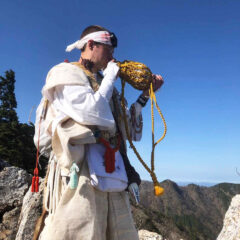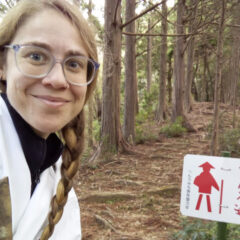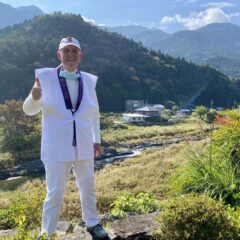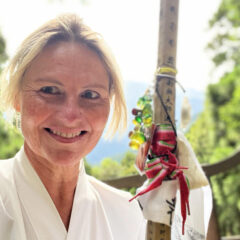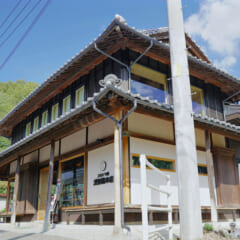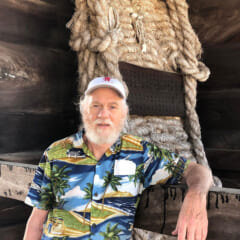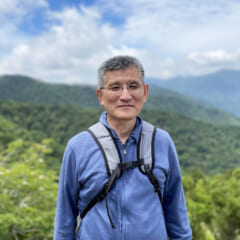My Shikoku Journey (20) by Dan, USA
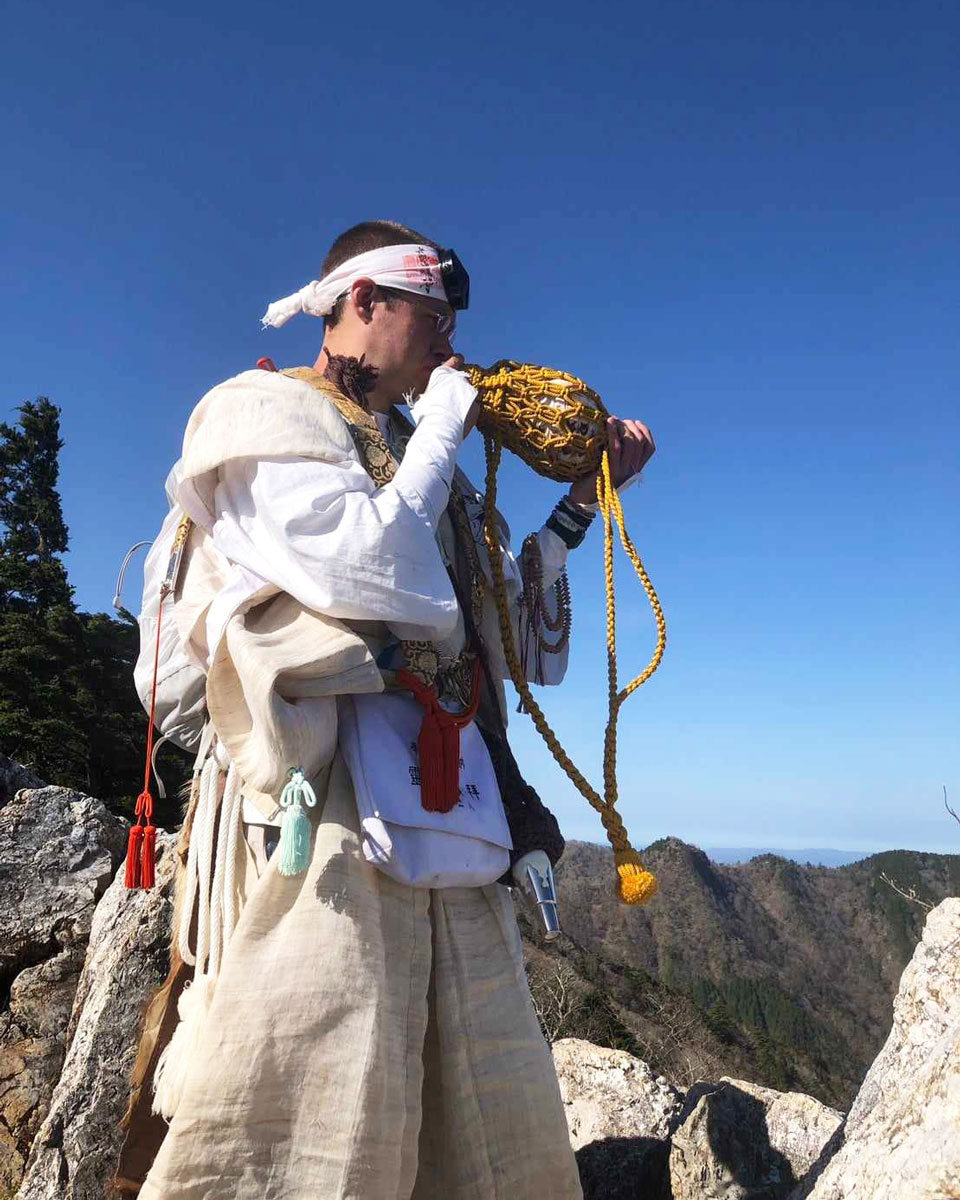
![]() Dan Koei, USA
Dan Koei, USA ![]() Undertaking the Shikoku Pilgrimage as a Practice of Shugendo
Undertaking the Shikoku Pilgrimage as a Practice of Shugendo
Small Advice and Baby Steps
Researching the Henro seems like an endless collection of lists, with all the temple names and deities, the costume elements, the walking equipment. Looking at it all on paper, it can seem overwhelming. This feeling is one I’ve grown accustomed to over the last several years of studying Shugendō and Shingon Buddhism in Japan. After visiting temples and sacred spaces my eyes would feel like they would melt from just looking at all the tiny details. Reading books about the subject produces a similar feeling; there are a seemingly endless number of sutras, mantras, ritual manners, special terms, and local variations to get under one’s belt. Though it was intimidating, it was partly the pomp and grandeur of Shugendo, along with the heavy value it places on interacting with the natural world, that drew me to it at first.
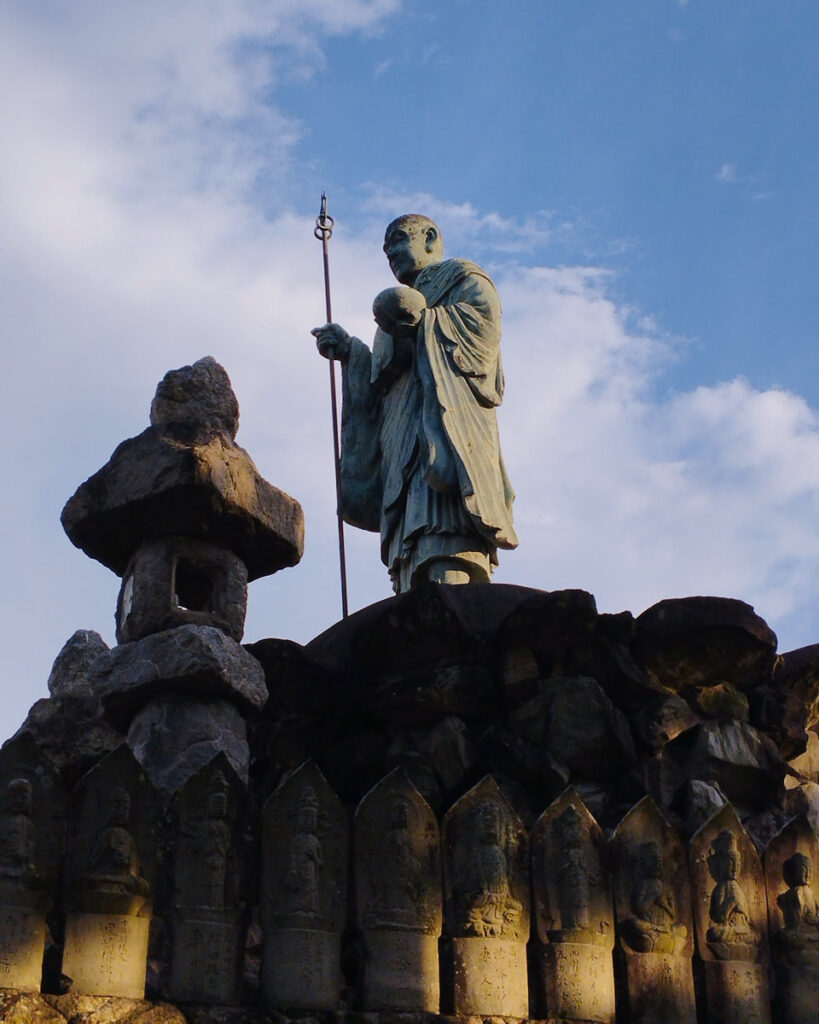
By a series of fortunate connections, I was able to get in touch with a Shugen dojo not far from where I was living in Saitama, and scheduled a visit. The place was, as many such spaces are, stuffed wall to wall with sacred images, shiny and mysteriously shaped equipment for the practice of Esoteric Buddhism, and brocade garments and decorations. I was immediately drawn in. My conversation with the proprietor, who became my Shugen teacher, left me humbled by his encyclopedic knowledge.
Toward the end of our first meeting, I asked him what an appropriate first step would be for someone hoping to practice Shugendo. I expected him to recommend purchasing such and such garments or ritual paraphernalia, or engage in such and such a visualization or yogic technique: something fancy and glamorous. His advice surprised me:
“Well, for a start it’s best if you go outside, even a park near your house is perfectly fine, and listen to the birds and feel the wind, just turn your awareness toward nature.”

Later, on the day of my ordination as a priest of the Shingon school, I met another practitioner who had come to help in the ceremony. He is a well-known Shugen practitioner as well as a priest, having climbed nearly every sacred mountain in Japan and worked on Kōyasan in one of its strictest training monasteries for ten years.
Somewhere in the midst of the conversation, he looked me in the eye and said, “Look, the most important practice is the one you can do every day. It can be one Heart Sutra or Namu Daishi Henjo Kongo before bed. It doesn’t matter whether it’s small, it matters that you do it.”
I have received similar advice from other similarly illustrious people, and every time it catches me off guard. How many thousands of kilometers have you climbed, how many days in ascetic training, how many hours under the waterfall, and you’re recommending one Heart Sutra a day?! Recommending that I listen to the birds?!
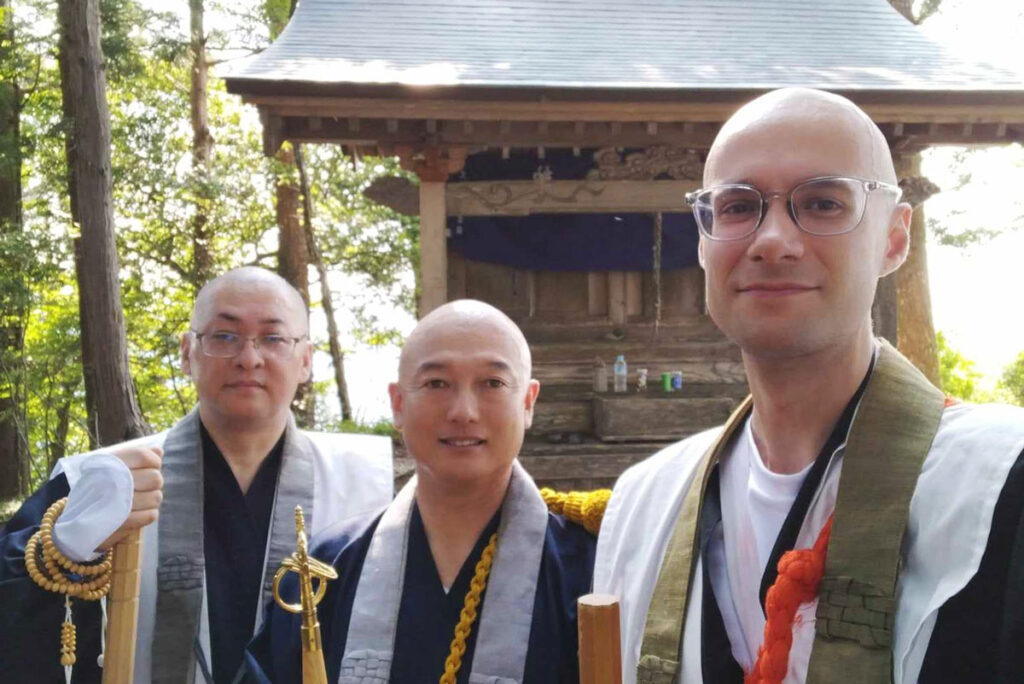
Though it’s easy to gravitate to the quick-fix, the flashy, complex, and grand, there is deep wisdom in such advice. The Buddha himself said something similar, drawing a simile between our practice and the handle of a carpenter’s adze. The carpenter using the tool every day doesn’t notice that he’s wearing down the handle; he just suddenly notices that there is an impression of his finger and thumb in it. In other words, it’s the doing, over and over again, often without noticing progress, that eventually leads to results in our practice.
I think the Henro and all pilgrimage is a lesson in this dynamic. When we look at the guidebooks, maps, and lists, the total distance and number of temples, the blank pages in the stamp book, the journey can seem insurmountable. But in reality there is no journey; at any given time there is only one step, and then another, and another, sometimes animated by only the faintest spark of self confidence, and when that fails, faith in the Buddhas or the power of the pilgrimage itself.
Nowadays, my house looks more like the dojo: I have several statues of Buddhist deities with whom I have a connection, I have all the Henro and Shugen gear, some of the priest gear, some of the fancy ritual implements. None of it would mean a thing if I didn’t have a foundation of regular practice into which it fits. I hope that we all learn this valuable lesson from walking the Henro: no single step will feel significant, but no goal is possible without each and every one.
南無大師遍照金剛 Namu Daishi Henjō Kongō.


